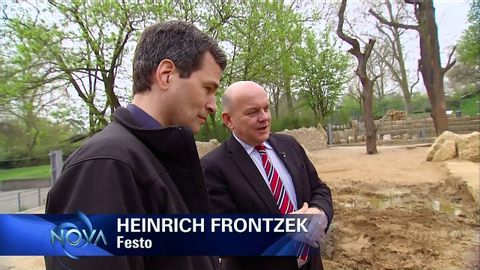
Subtitles & vocabulary
HD PBS / NOVA - Making Stuff Wilder
00
kleeff posted on 2013/12/29Save
Video vocabulary
walking
US /ˈwɔkɪŋ/
・
UK /ˈwɔ:kɪŋ/
- Intransitive Verb
- To move with your legs at a slowish pace
- Uncountable Noun
- Act of moving with your legs at a slowish pace
A1
More arm
US /ɑrm/
・
UK /ɑ:m/
- Transitive Verb
- To activate a weapon or bomb for use
- To give a gun or other weapon to a person or group
- Noun (Countable/Uncountable)
- Part of your body from your shoulder to your hand
- A branch of another object e.g. company
A1
More fish
US /fɪʃ/
・
UK /fɪʃ/
- Noun (Countable/Uncountable)
- Animal that swims and lives in water
- The flesh of fish used as food.
- Verb (Transitive/Intransitive)
- To go fishing with a net or hook
- To search for something.
A1
More Use Energy
Unlock All Vocabulary
Unlock pronunciation, explanations, and filters
